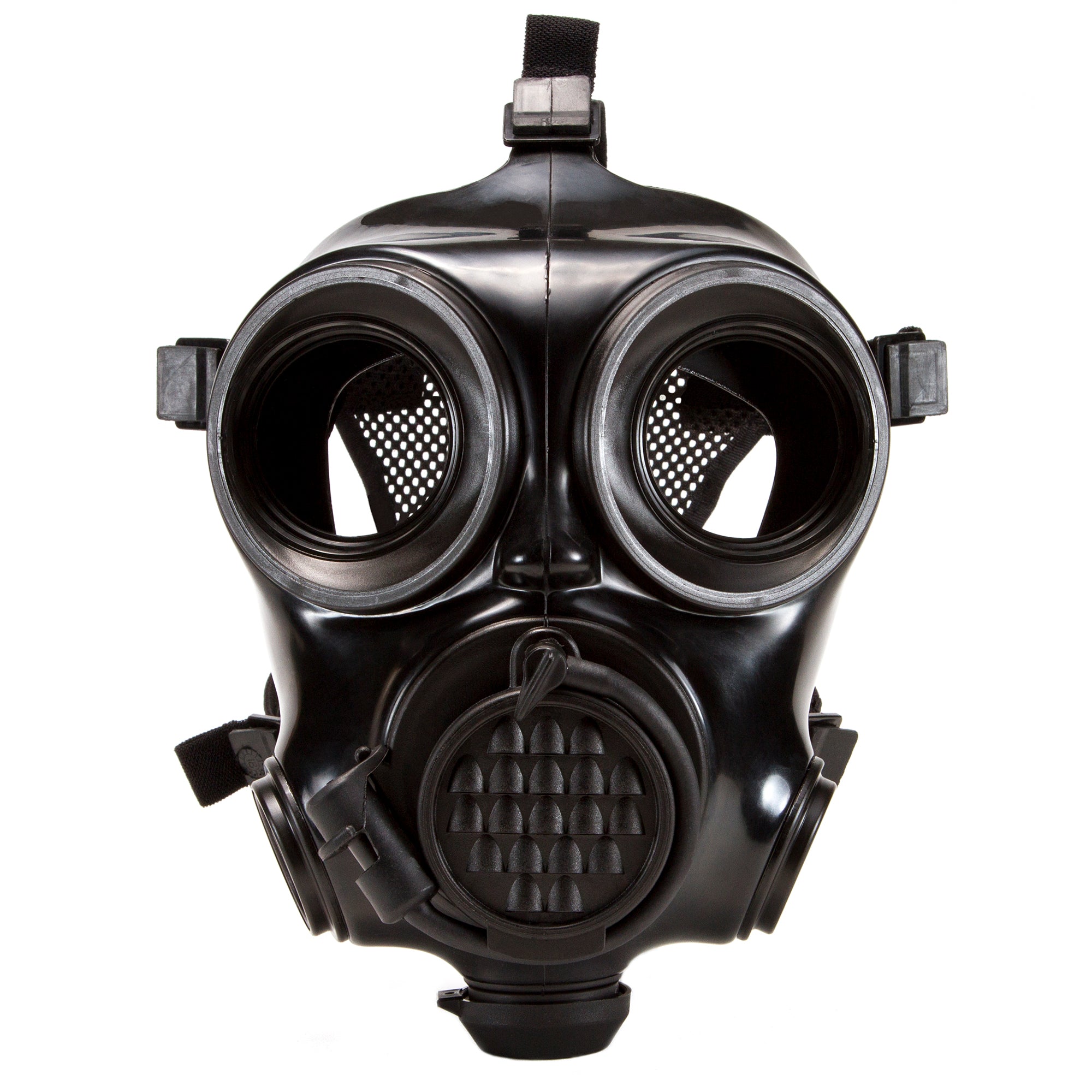

3 We assessed the impact of wearing a C4 gas mask in healthy subjects, at rest and during effort, using the same cartridge A. In the literature on gas masks, we conducted the only other study that has included measurements of esophageal pressure with measured indexes of respiratory effort. In addition, due to their frailty, we did not evaluate the impact of exercise in these subjects under these conditions, as we have done previously in healthy subjects. We did not, however, evaluate the impact of wearing gas masks for longer durations. This led us to conclude that the short-term use of a gas mask is feasible for this population. The increase was moderate, and we never had to discontinue the measurements due to respiratory distress. In all subjects, we documented an increase in most of the respiratory effort indexes with a gas mask. We used capillary blood gases for pH and P aCO 2 analysis because they are equivalent to arterial blood gases and do not require arterial puncture.

16 Capillary blood gases were collected from fingertips immediately at the end of each condition and sent within a few minutes to the laboratory for analysis.

Breathing comfort was assessed based on a visual analog scale ( Table 2). We measured the mean oxygen needs with masks for each subject, which was continuously recorded with the FreeO 2 device. Capillary blood gases were collected at the end of each condition. S pO 2 was continuously monitored with an oximeter built into the FreeO 2 device, providing one S pO 2 value and the oxygen flow every second. Signals were digitized at 200 Hz and sampled using an analogic/numeric system (Biopac MP100, Santa Barbara, California). Thus, the aim of this study was to accurately measure the impact gas masks have on respiratory effort indexes, breathing patterns, and blood gases in subjects with stable COPD.īreathing pattern and minute ventilation were determined with pneumotachographs placed at the inspiratory and expiratory ports (MP45 ± 5 cm H 2O Validyne Engineering, Northridge, California) esophageal pressure was recorded using a simple balloon catheter connected to a differential pressure transducer (MP45 ± 100 cm H 2O Validyne Engineering). There are no data in the literature that evaluate the use of gas masks in subjects with COPD. 10 However, all of these studies were conducted in healthy subjects. Several studies have evaluated the impact of different inspiratory resistances in gas masks, 1, 3– 10 the impact of gas masks on oxygenation and ventilation, 11, 12 the impact of gas masks on comfort 5– 7, 9, 10 and exercise capabilities, 1, 3– 10 and one study evaluated the work of breathing (WOB) related to gas masks. 1– 3 The utilization of a gas mask in civilian or military patients with COPD may be difficult due to the additional respiratory load. In healthy subjects, studies have shown that these protection devices are associated with respiratory distress and increased indexes of effort. Gas masks may be used in civilian populations in several situations. The respiratory system is one of the main entry routes for chemical, biological, radiological, and nuclear agents, and protection is achieved through the use of a gas mask.


 0 kommentar(er)
0 kommentar(er)
